The Great Indian Commute: Why Delhi’s Traffic Crisis Reflects a Deeper Urban Malaise
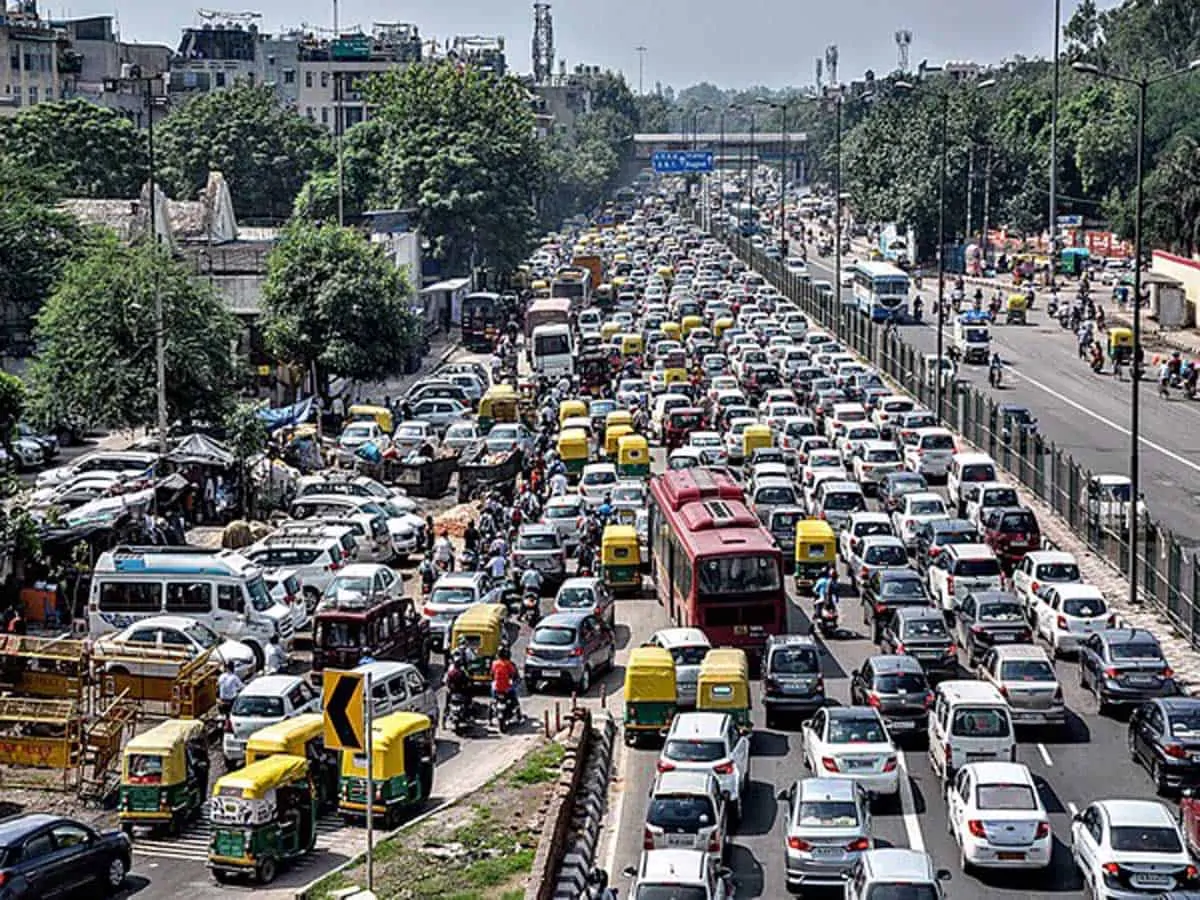
Delhi, India’s bustling capital, seems to be perpetually gridlocked. From dawn till dusk, the roar of engines, the impatient honking, and the endless queues of vehicles on arterial roads have become as much a part of the city’s identity as its monuments and markets. But as Diwali lights glimmer this season, a different kind of illumination fills the city — the relentless red lines on Google Maps, signaling one thing: a city in traffic paralysis.
What we are witnessing is not just a seasonal inconvenience or the result of festival-time shopping. Delhi’s traffic crisis is symptomatic of a much deeper urban malaise — one that stems from decades of poor planning, unchecked car dependency, weak enforcement, and policy inertia. The capital has become a case study in how India’s cities, in their rush toward modernization, have failed to modernize mobility.
The Everyday Gridlock
Every morning, lakhs of Delhiites set out to battle their way through bottlenecks that start at home and end at office gates. Outer Ring Road, Mathura Road, Aurobindo Marg, and the Barapullah elevated road — these aren’t just routes; they’re daily endurance tests. The situation worsens during festive seasons when markets, malls, and highways overflow with vehicles, choking key intersections for hours.
This week, the city witnessed traffic jams stretching for kilometres — from the Delhi-Noida Direct (DND) Flyway to the Delhi-Meerut Expressway, from Gurugram’s Cyber Hub to Ghaziabad’s Vaishali. Delhi Police had to cancel leaves for traffic personnel to manage the chaos, yet even that proved inadequate.
A commuter on social media wrote, “I left office at 6 PM from South Delhi and reached Noida at 10 PM. I’ve never seen traffic like this in my life.” Such complaints are now routine, not exceptional.
According to TomTom’s 2024 Global Traffic Index, Delhi ranked among the top 10 most congested cities in the world — with drivers spending an average of 142 hours a year stuck in traffic. This translates to nearly six full days wasted annually just waiting in vehicles, burning fuel, patience, and productivity.
The Urban Paradox: Development without Design
Delhi’s story is the paradox of modern India: rapid urban expansion without strategic design. The capital’s urban sprawl has extended far beyond its original boundaries — engulfing Noida, Gurugram, Faridabad, and Ghaziabad in a massive, uncoordinated web of asphalt and concrete. The National Capital Region (NCR) today houses over 46 million people — more than the population of many countries — yet its mobility systems remain fragmented and reactive.
The problem lies in the planning philosophy that prioritizes road expansion over systemic mobility integration. Delhi’s development model assumed that building more roads would decongest traffic. Instead, it achieved the opposite. The phenomenon known as “induced demand” — where increasing road capacity encourages more people to drive — has been repeatedly ignored in urban policy discussions. Between 2010 and 2020, Delhi’s vehicle population rose from 72 lakh to over 1.3 crore. As of 2025, that figure is estimated to have crossed 1.4 crore, with around 1,000 new vehicles being registered every day.
Each new flyover or expressway, intended to solve congestion, ends up becoming a new bottleneck. The Barapullah elevated corridor, the Signature Bridge, and multiple underpasses were envisioned as decongestion marvels. Yet, within months of their inauguration, they became part of the same problem — overused, underplanned, and poorly maintained.
Car Dependency and the Culture of Convenience
Behind this infrastructural collapse lies a cultural dimension: the glorification of private vehicle ownership. In Delhi, owning a car is not merely a convenience; it is a status symbol. Public transport, though widely available, is often perceived as a last resort for those who cannot afford personal mobility. This perception has fueled an explosion in private vehicles, while simultaneously weakening the push for better public transport systems.
Despite having one of the largest metro networks in the world — spanning 392 km and carrying over 5 million passengers daily — Delhi’s Metro cannot keep pace with the sheer volume of commuters. First- and last-mile connectivity remains weak, with inadequate feeder buses, unsafe pedestrian paths, and poorly integrated ticketing systems. The result: people still prefer cars for even short distances.
Autorickshaws and app-based cabs have filled the gap, but they too contribute to congestion and emissions. A 2023 study by the Centre for Science and Environment (CSE) found that private vehicles account for over 60% of Delhi’s traffic volume but carry less than 20% of its commuters. In contrast, buses, which carry nearly 40% of commuters, occupy just 5% of road space.
Public Transport: The Neglected Lifeline
Delhi’s bus system — once its backbone — has been steadily neglected. The city currently has around 7,500 buses under the Delhi Transport Corporation (DTC) and cluster schemes, far short of the 11,000 needed for its population. Many routes are either irregular or overcrowded. The integration between the Metro, DTC, and regional systems like Rapid Rail Transit (RRTS) is minimal, making intermodal travel cumbersome.
While electric buses have been introduced and some new corridors are being developed, implementation lags behind announcements. Experts argue that without seamless connectivity, even a well-functioning Metro cannot change commuting behavior. The key lies in making public transport not only efficient but aspirational — clean, reliable, and comfortable enough to lure people away from cars.
Policy Paralysis and the Missing Coordination
Urban mobility in Delhi is a governance labyrinth. The Delhi government, the municipal corporations, the Delhi Development Authority (DDA), the National Highways Authority of India (NHAI), and multiple police and transport departments all play overlapping roles, often without coordination. This fragmented approach results in policy paralysis.
For instance, while Delhi government advocates for car-free zones, the DDA continues approving massive malls and commercial complexes with multi-level parking lots that attract thousands of cars. Similarly, while electric vehicle (EV) policies are encouraged, charging infrastructure remains grossly inadequate. Policies are made in silos, with little emphasis on integration or behavioral change.
The long-promised Unified Metropolitan Transport Authority (UMTA) — meant to coordinate all mobility initiatives under one umbrella — remains largely on paper. In its absence, short-term fixes replace long-term planning.
Environmental Cost: Breathing Through Gridlock
The traffic crisis is not just an inconvenience; it’s a public health emergency. According to the World Air Quality Report 2024, Delhi remained one of the most polluted capitals in the world. Vehicular emissions contribute nearly 40% of the city’s PM2.5 pollution during peak traffic hours. The stop-and-go nature of congestion worsens the problem, as idling engines release more pollutants per kilometre than those moving at steady speeds.
The irony is painful: while Delhi battles for cleaner air through odd-even schemes, electric buses, and anti-pollution drives, it continues to build policies that sustain car dependency. The cycle is self-defeating — the more we drive, the more we choke, and the more we rationalize driving as “safer” against pollution.
The Human Cost: Time, Stress, and Productivity
Traffic congestion extracts a human toll that is rarely measured in economic terms. Studies show that long commutes are linked to higher stress, fatigue, and even cardiovascular issues. A report by Uber India in 2023 found that Delhi commuters spend an average of 55 minutes daily stuck in traffic — higher than Mumbai or Bengaluru. That’s nearly 14 days per year spent idling behind the wheel.
For working parents, this translates to less time with family; for businesses, it means lower productivity and higher logistical costs. The economic cost of Delhi’s congestion has been estimated by the TERI Institute at over ₹60,000 crore annually in lost fuel, time, and health costs. The great Indian commute, once symbolic of economic mobility, has become a metaphor for stagnation.
Global Lessons, Local Inaction
Around the world, cities facing similar crises have adopted radical solutions. London introduced congestion pricing, Singapore limited car ownership through a certificate system, and Bogotá transformed mobility by investing in Bus Rapid Transit (BRT) and cycling infrastructure. Even closer home, Indore and Kochi have made strides in integrated public transport and smart traffic management.
Delhi, despite being India’s capital, has yet to adopt such bold measures. The reluctance stems from political risk — congestion charges, parking restrictions, or fuel taxes are seen as unpopular. But without demand-side management, no amount of flyovers or bypasses can rescue the city.
Reimagining the Future of Urban Mobility
To truly address Delhi’s traffic mess, India must rethink how its cities grow and move. The solutions are not elusive; they require will and vision.
A comprehensive approach would include:
Expanding and modernizing public transport with seamless intermodal connectivity.
Enforcing parking regulations and congestion fees to discourage excessive car use.
Revamping urban design to prioritize pedestrians, cyclists, and green corridors.
Creating mixed-use zones to reduce commuting distances.
Establishing a unified urban transport authority to ensure coordination and accountability.
Promoting remote work and flexible office hours to decongest peak traffic.
These measures, though ambitious, are essential for survival in an era where urban chaos directly threatens economic and environmental sustainability.
A Mirror to India’s Urban Future
Delhi’s daily gridlock is more than a mobility issue — it is a mirror reflecting the contradictions of India’s urbanization. Our cities aspire to be global metropolises, yet they are strangled by inefficiency, inequality, and inertia. The traffic crisis reveals a deeper truth: India’s urban development has prioritized consumption over coordination, expansion over experience.
If Delhi continues down this road, it risks becoming a cautionary tale rather than a capital of progress. But if it uses this crisis as a catalyst for reform — integrating technology, governance, and sustainability — it could lead the way for other Indian cities teetering on the edge of similar breakdowns.
Until then, as engines idle on Ring Road and horns blare along the DND, the great Indian commute remains a slow, smog-filled journey through the maze of our own making — a daily reminder that the road to the future cannot be built on congestion alone.

 20 hours ago
20 hours ago
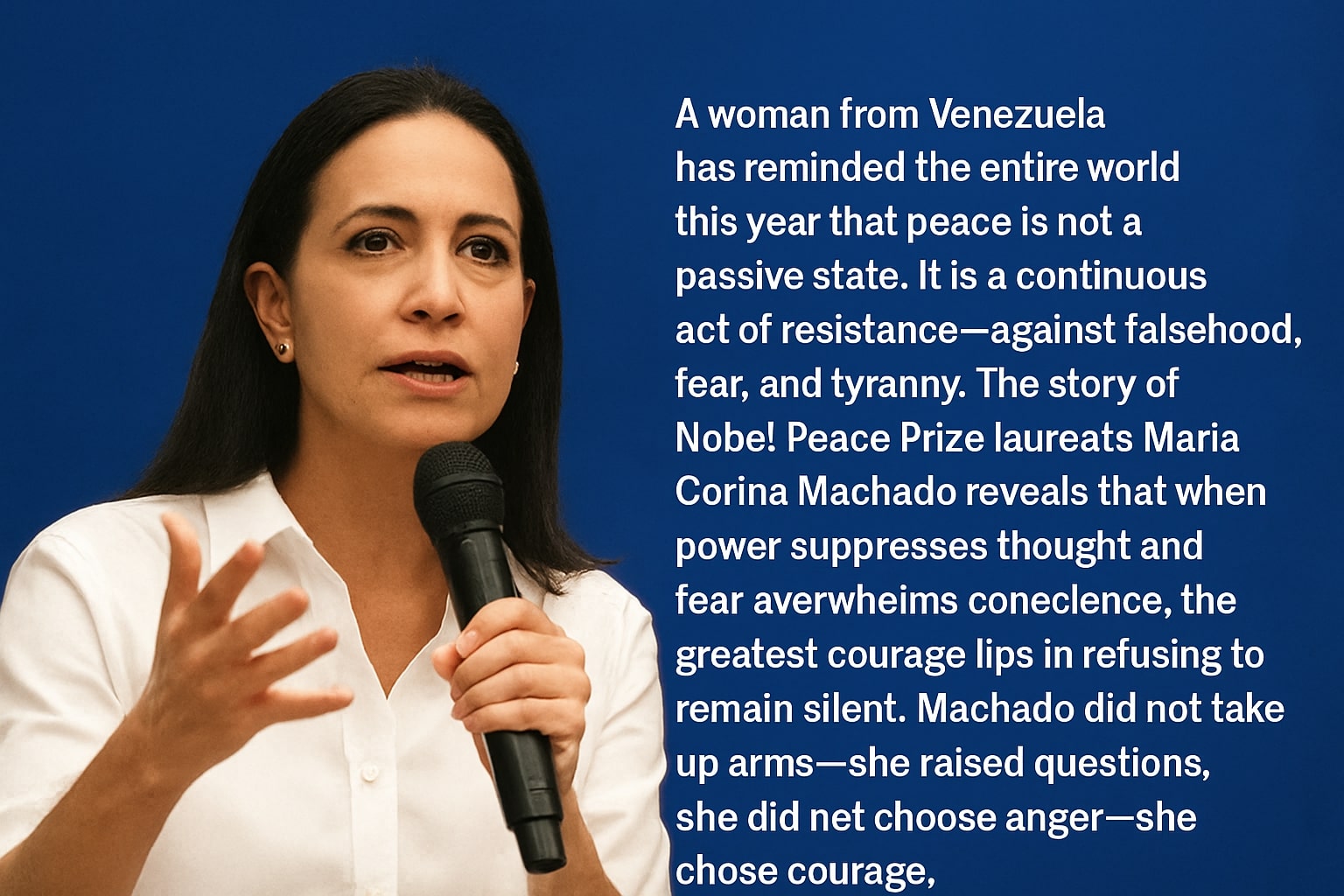
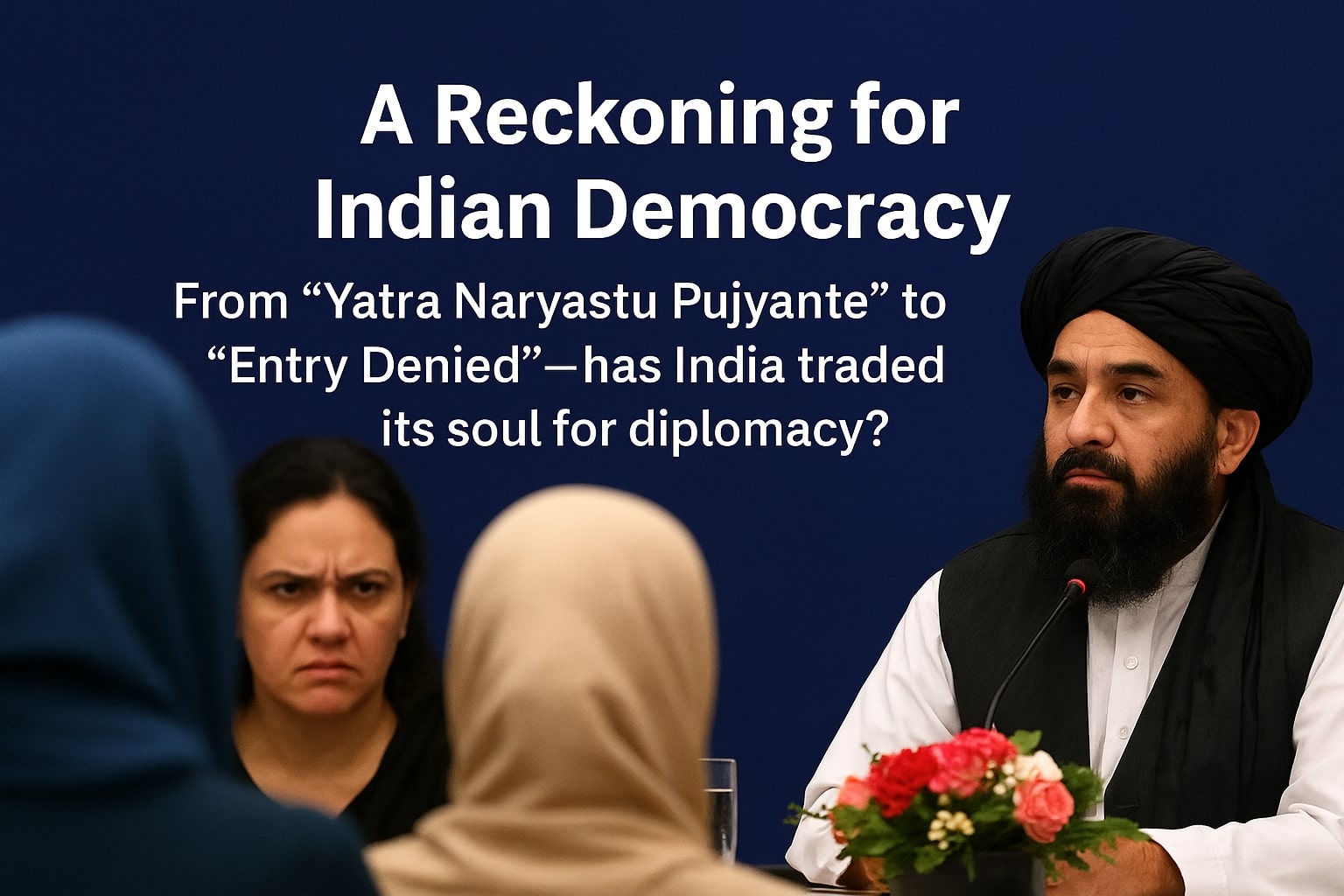
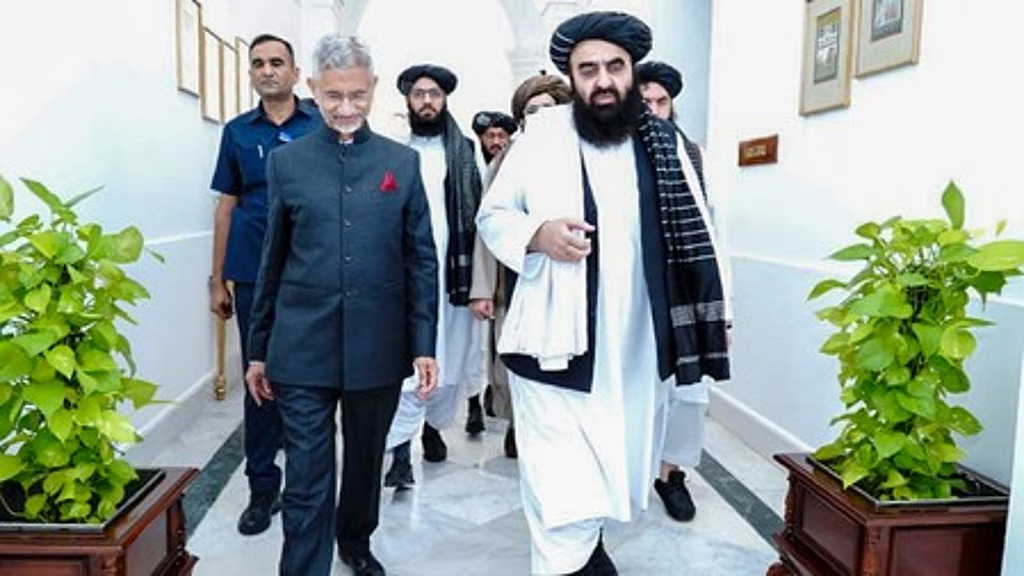
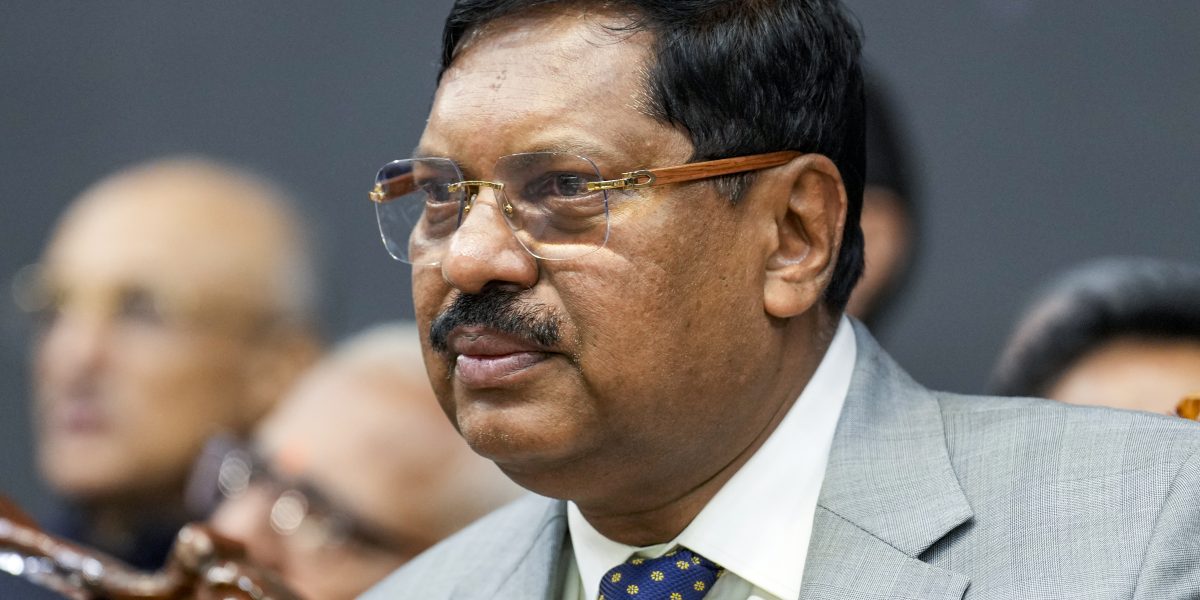
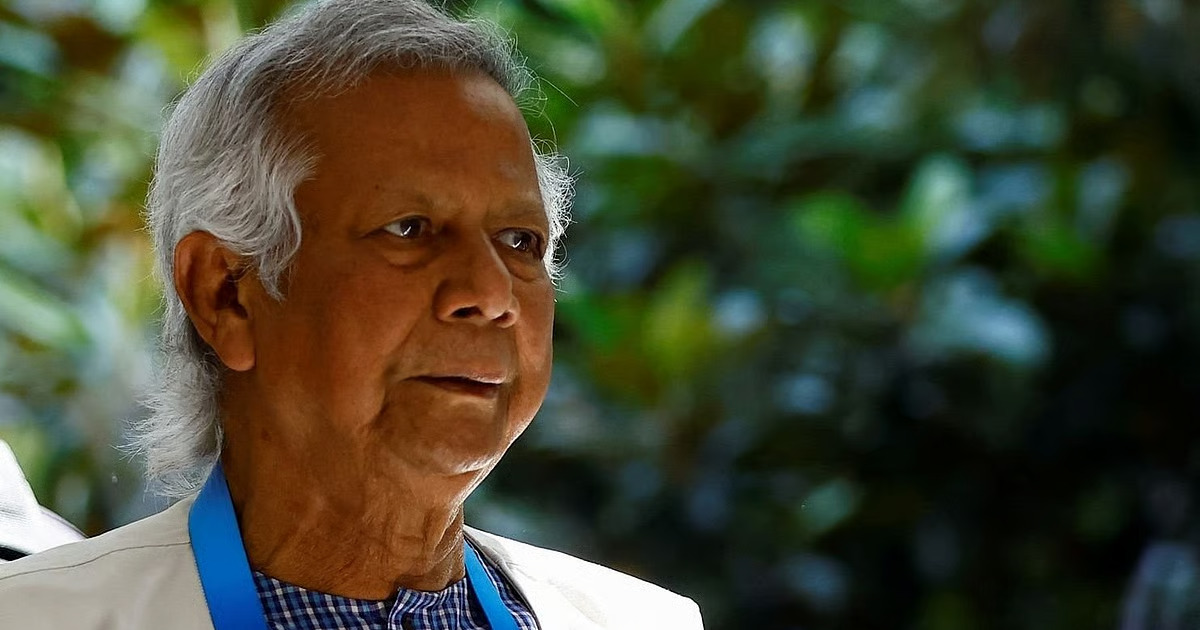
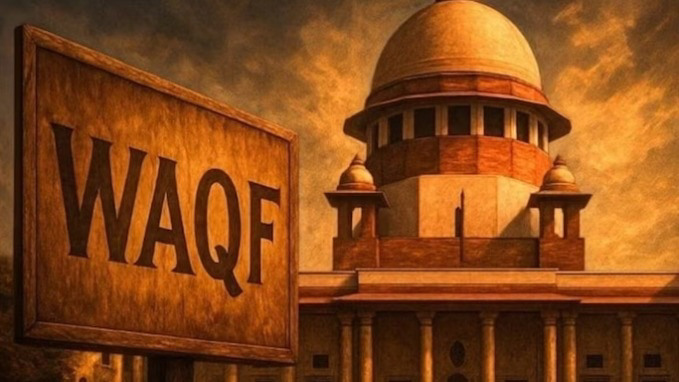

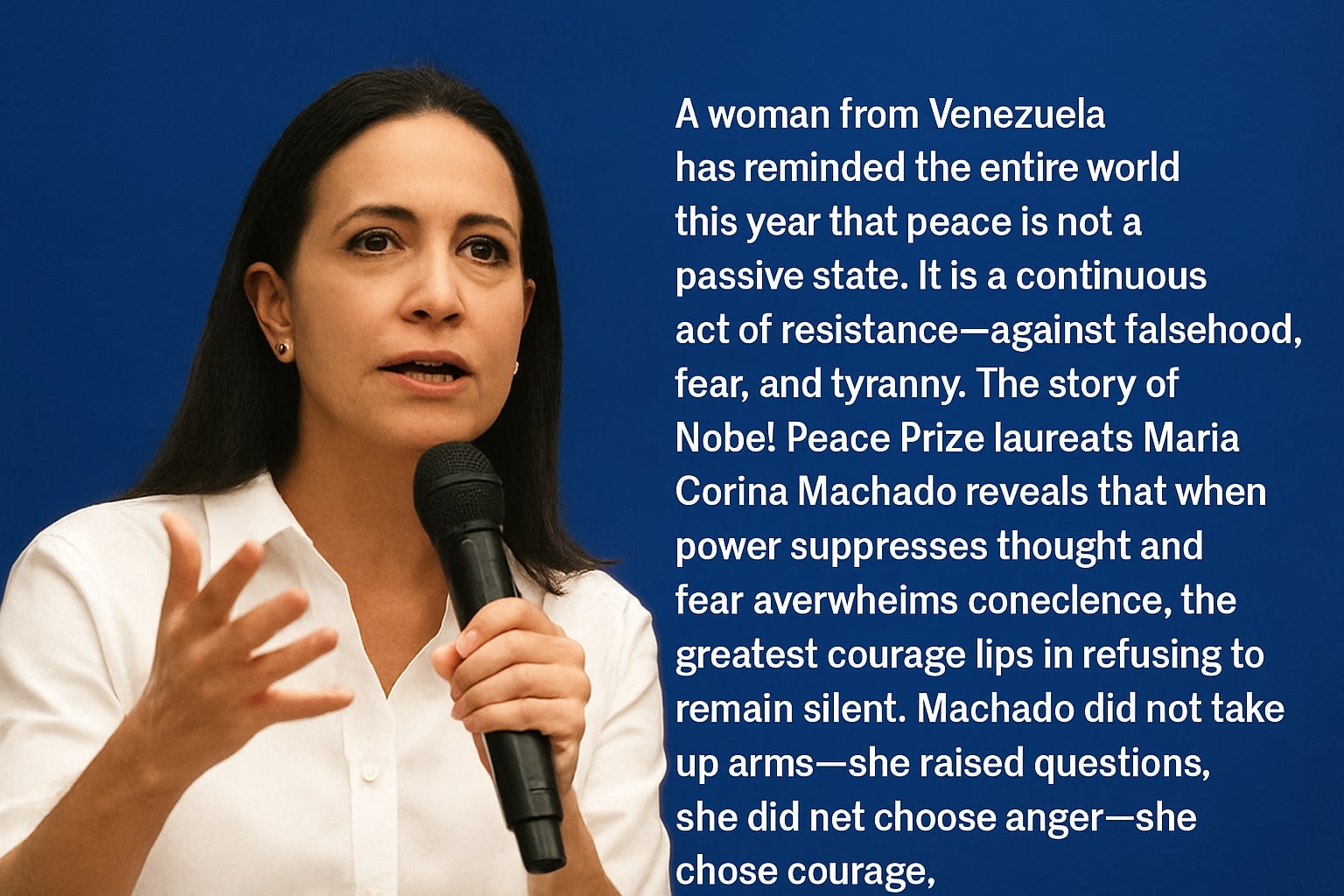
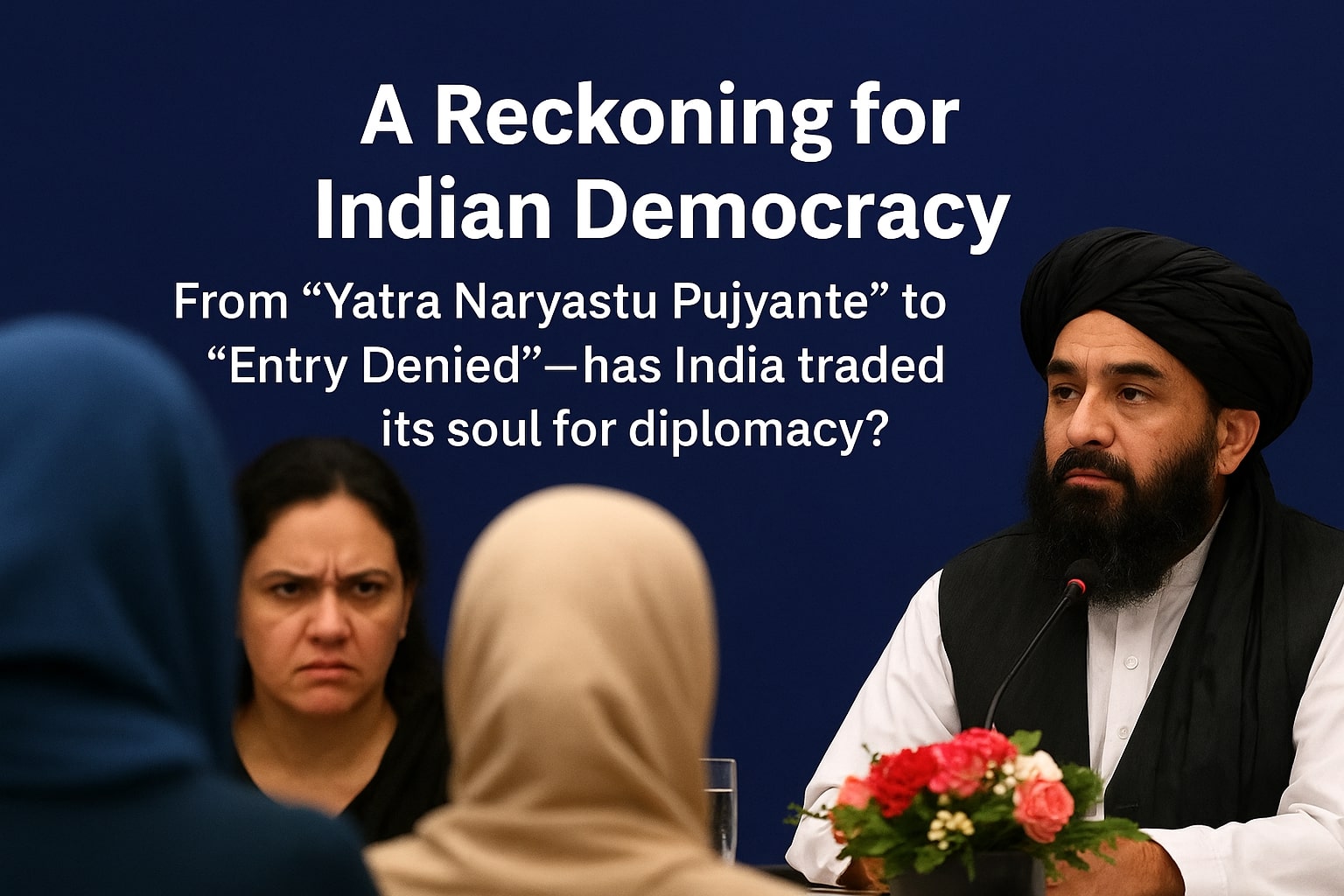
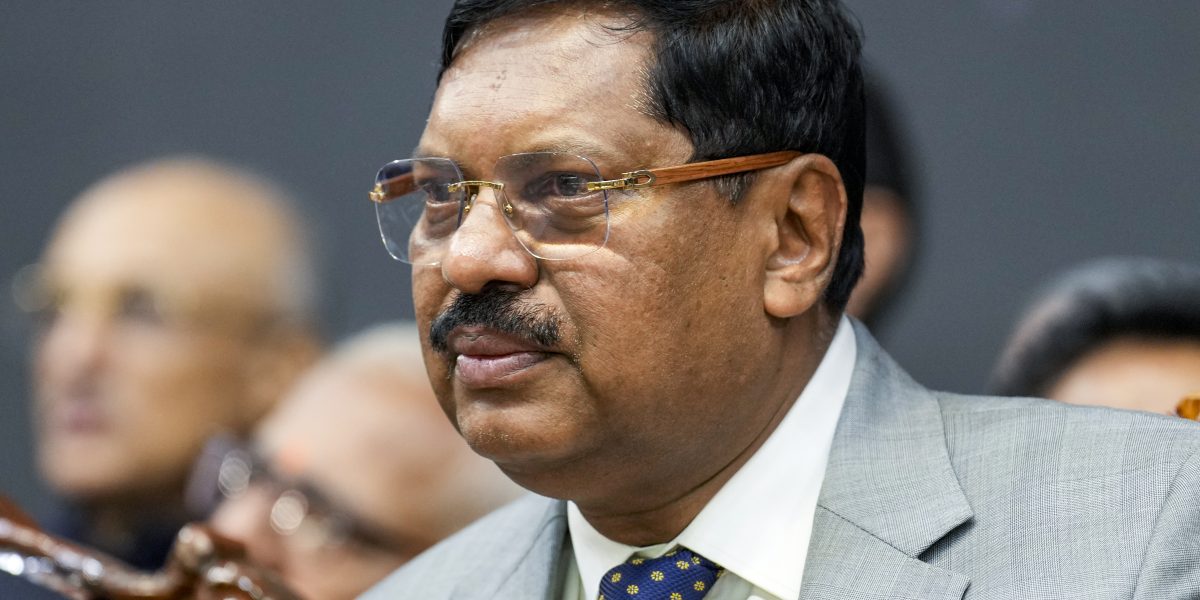
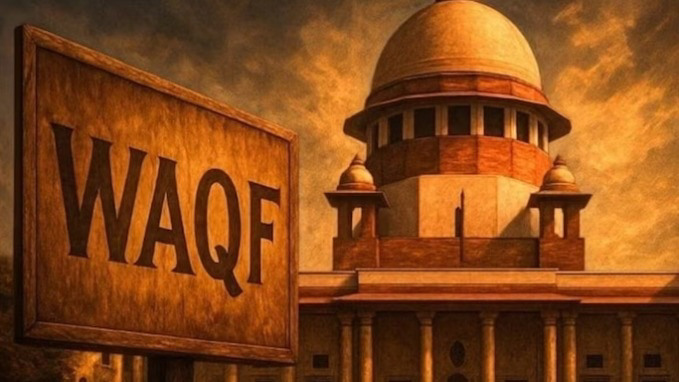
[[comment.comment_text]]